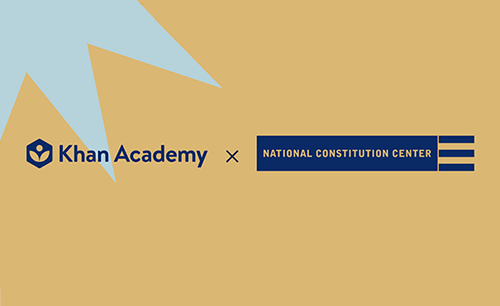At the National Constitution Center, we value civil dialogue, which empowers students to speak about constitutional and historical topics in ways that remain civil, respectful, and reflective. As you prepare to discuss these topics in your classroom, we encourage you to establish norms such as:
- Stay calm
- Listen patiently
- Listen actively
- Don’t speak twice until everybody has spoken once
You can find more support for establishing norms and civil dialogue practices in our Civil Dialogue Toolkit.
In recent weeks, President Donald Trump has issued a series of executive orders addressing immigration, foreign affairs, federal spending, and more. But what exactly are executive orders, and how do they fit into our constitutional system?
Executive orders are written policy directives issued by the president to other members of executive branch. They are key tools that allow the president to oversee the executive branch. However, such orders are not explicitly defined in the Constitution and rest on historical practice, executive interpretations, court decisions, and the president’s Article II power to “take care” that the federal laws are executed.
Media Asset
In this Constitution Daily blog post, we explore the president’s constitutional power to issue executive orders.
Discussion Questions for Students
- What is an executive order?
- What is the relationship between an executive order and a law passed by Congress?
- What are some examples of executive orders and their impact?
Select an Optional Student Activity for Deeper Exploration
- Pick one of the cases mentioned in the blog post and read excerpts of the majority and dissenting opinions in the Supreme Court Cases Library. What are the constitutional foundations for each opinion?
- Pick one of the primary sources below. Create a visual representation of the main ideas of the excerpt (drawing, collage, infographic, etc.).
- Create a visual representation (diagram, infographic, etc.) explaining how all three branches are involved in the executive order process.
- Choose a recent executive order to track in real time. How is it being enforced, challenged, or modified? What does this process reveal about the balance of power between the branches of government?
Dig Deeper on this Content with Additional Resources
Historical Foundations through Primary Sources
- Article II of the Constitution
- Alexander Hamilton’s writings on the executive’s role in Federalists 68, 70, and 72 (1788)
- President Harry Truman’s attempt to seize the steel mills in Youngstown Sheet & Tube Co v. Sawyer (1952)
- President Franklin D. Roosevelt authorized the forcible relocation and internment of Japanese Americans during World War II, citing national security concerns—a policy that was later challenged in the Supreme Court case Korematsu v. United States (1944)
- Woodrow Wilson on Constitutional Government in the United States (1908)
- Theodore Roosevelt’s vision for the executive in The New Nationalism (1911)
Develop Constitutional Thinking Skills with Current Events
- President Trump's Executive Orders (We the People podcast)
- Does the Presidency Need Reform? (We the People podcast)
- When can the president use executive orders? (Khan Academy Constitution 101 student course video)






